Unsangdong designs otherworldly base for fashion designer Lie Sangbong in Seoul

Fashion and architecture can cross-pollinate in unexpected ways – from designers that flit between the fields (Virgil Abloh is not the first architect to turn to fashion) to clothing collections that nod to an architectural inspiration, and interdisciplinary friendships and collaborations (such as that between Karl Lagerfeld and Zaha Hadid, see W*92, which spawned Chanel’s Mobile Art Pavilion). The close relationship between Seoul-based Korean fashion designer Lie Sangbong and local architecture practice Unsangdong is another case in point, and it has borne fruit in a striking new fashion HQ.
Unsangdong’s Jang Yoon Gyoo and Shin Chang Hoon first met Lie back in 2007, when he staged a fashion show at Kring, a cultural space the architects had recently designed in Seoul. ‘We felt we had a lot in common,’ recalls Shin. ‘Both we and Sangbong find inspiration in traditional Asian aesthetics and transform this into something contemporary. We also agree that there is no clear boundary between fashion and architecture.’
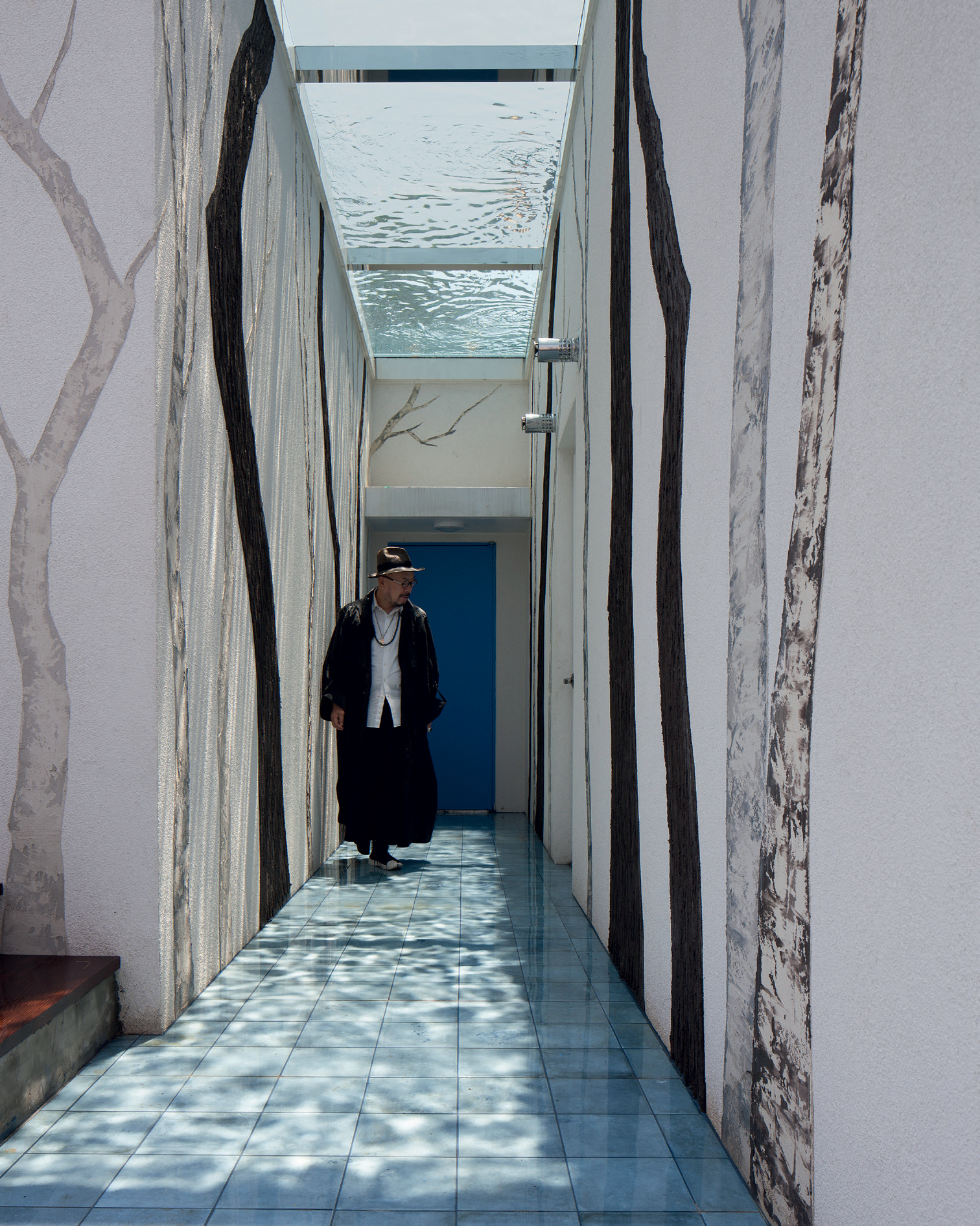
Lie Sangbong in the top-floor corridor of his new HQ, decorated with mural of trees. Like his fashion collections, the building’s design nods to nature.
It was a relationship that blossomed, so when Lie decided to transform a commercial building in the heart of Seoul’s stylish Cheongdam district into his new base, he turned to Unsangdong for the conversion. ‘He wanted the building to reflect his unique style and to make a mark in the luxury fashion district, which is full of foreign brands,’ says Shin.
The architectural duo’s design proposal, a slim, tall tower with a sinuous, undulating façade, was inspired by a 15th-century Korean painting referencing an ‘ethereal utopia’. Lie immediately approved it. ‘Architecture and fashion have the same starting point because they both deal with the human body. Both evolved into more sophisticated spheres from the same goal of protecting and making the human body comfortable,’ says Jang, adding that both disciplines deal in form, structure and material, and the idea of creating or transforming an outer ‘skin’.
The dynamic curves of the building’s front elevation were its most challenging element. ‘We wanted to create the otherworldly feel of a cloud, to illustrate an ethereal utopia as seen in a dream,’ explains Jang. ‘To achieve this, we used vertical louvres as a base and developed subtle differences in their spacing.’ The architects spent close to a year perfecting and 3D-modelling the façade, creating a life-size mock-up and eight scale models in the process. The finished exterior is clad in waves of ceramic panels, chosen for their matt texture and durability.
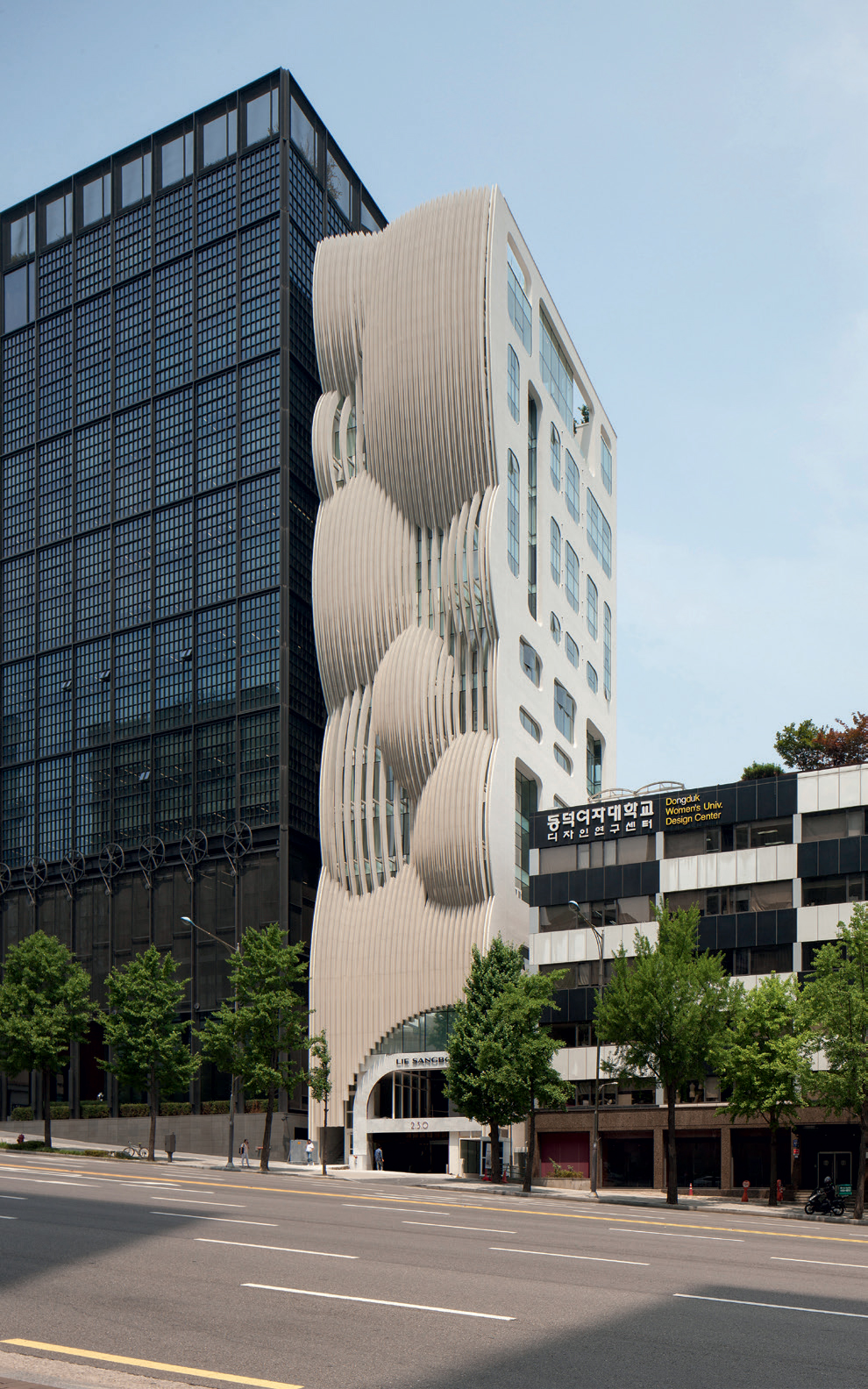
The tower is sandwiched between two more ordinary buildings. ‘We wanted to show a mismatch to create a feeling of something new and unexpected,’ say the architects. ‘It’s a space to generate curiosity and interest in new culture.
The building’s base is dedicated to fashion and lifestyle. The entrance level hosts a café and a lifestyle shop that sells goods by emerging Korean artists. The first and second floors (which are connected through a separate circulation core) house the showroom of Lie, a popular fashion brand by Lie Sangbong’s son, and the Lie Sangbong showroom, respectively. The five floors above are set aside for office rental space, and the 9th through to the 13th floors feature apartments. The building’s top two levels feature a cultural space, which may be hired out for shows, performances and parties.
Juxtaposing the views of Seoul’s contemporary skyline through large openings with classical references to the Greek Agora within the building, the architects aimed to create an interior that would surprise and provoke conversation – seamlessly bringing together urban, social and sartorial elements in a single building, as befitting their client’s multidisciplinary outlook.
As originally featured in the September 2018 issue of Wallpaper* (W*234)
INFORMATION
For more information, visit the Unsangdong website and the Lie Sangbong website
Receive our daily digest of inspiration, escapism and design stories from around the world direct to your inbox.
Ellie Stathaki is the Architecture & Environment Director at Wallpaper*. She trained as an architect at the Aristotle University of Thessaloniki in Greece and studied architectural history at the Bartlett in London. Now an established journalist, she has been a member of the Wallpaper* team since 2006, visiting buildings across the globe and interviewing leading architects such as Tadao Ando and Rem Koolhaas. Ellie has also taken part in judging panels, moderated events, curated shows and contributed in books, such as The Contemporary House (Thames & Hudson, 2018), Glenn Sestig Architecture Diary (2020) and House London (2022).
-
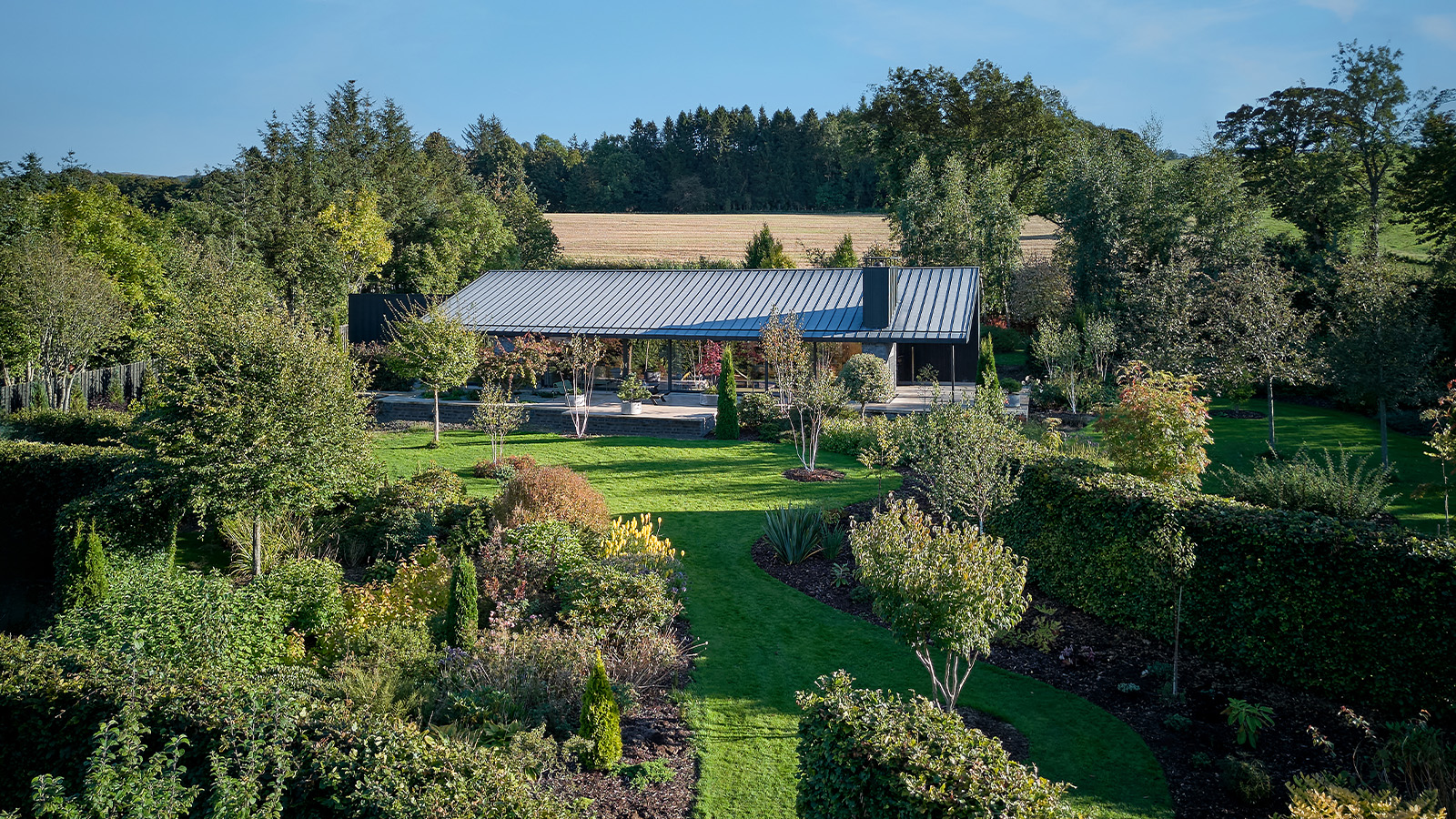 A compact Scottish home is a 'sunny place,' nestled into its thriving orchard setting
A compact Scottish home is a 'sunny place,' nestled into its thriving orchard settingGrianan (Gaelic for 'sunny place') is a single-storey Scottish home by Cameron Webster Architects set in rural Stirlingshire
-
 7 colours that will define 2026, from rich gold to glacier blue
7 colours that will define 2026, from rich gold to glacier blueThese moody hues, versatile neutrals and vivid shades will shape the new year, according to trend forecasters
-
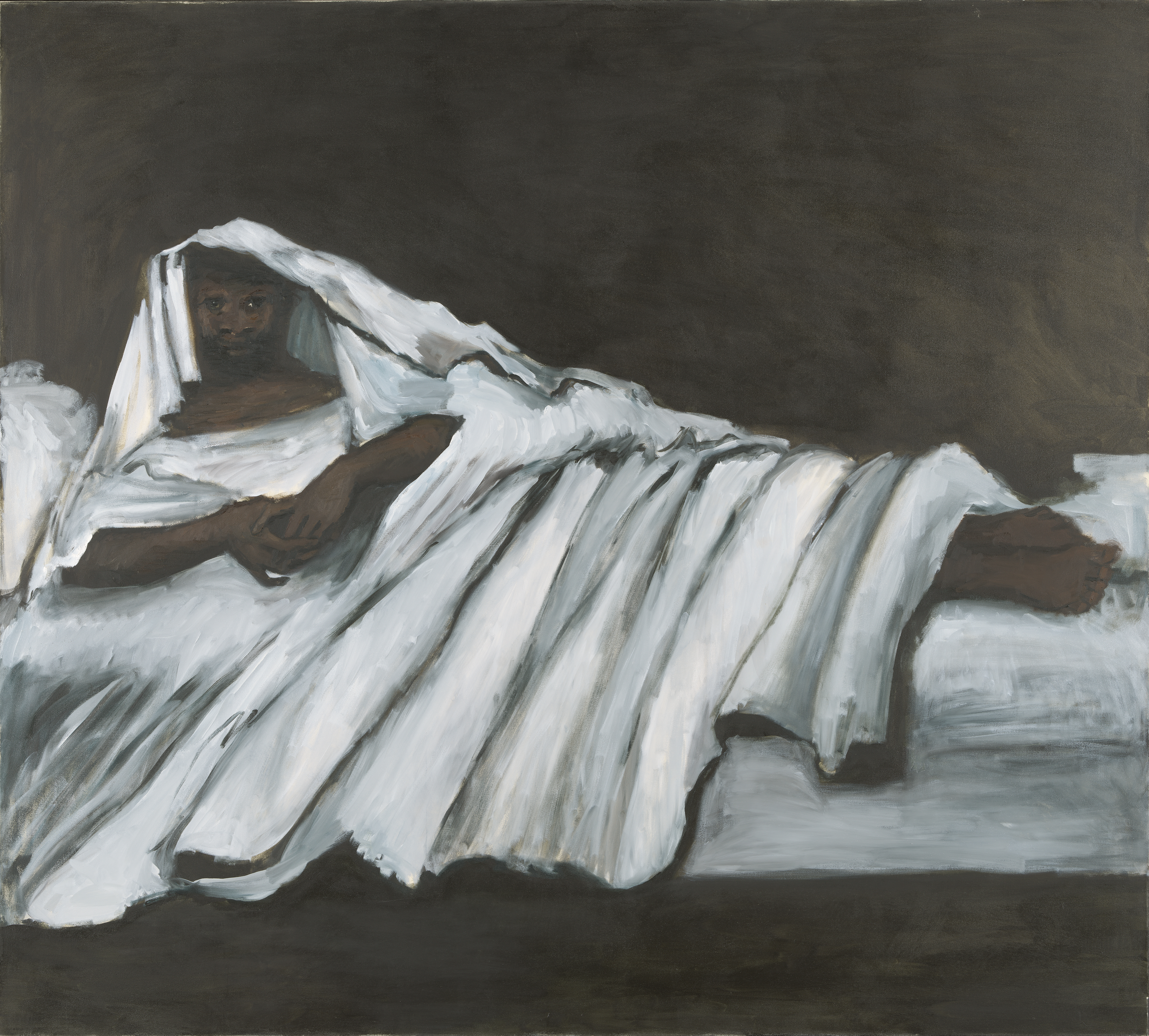 In Norway, discover 1000 years of Queer expression in Islamic Art
In Norway, discover 1000 years of Queer expression in Islamic Art'Deviant Ornaments' at the National Museum of Norway examines the far-reaching history of Queer art
-
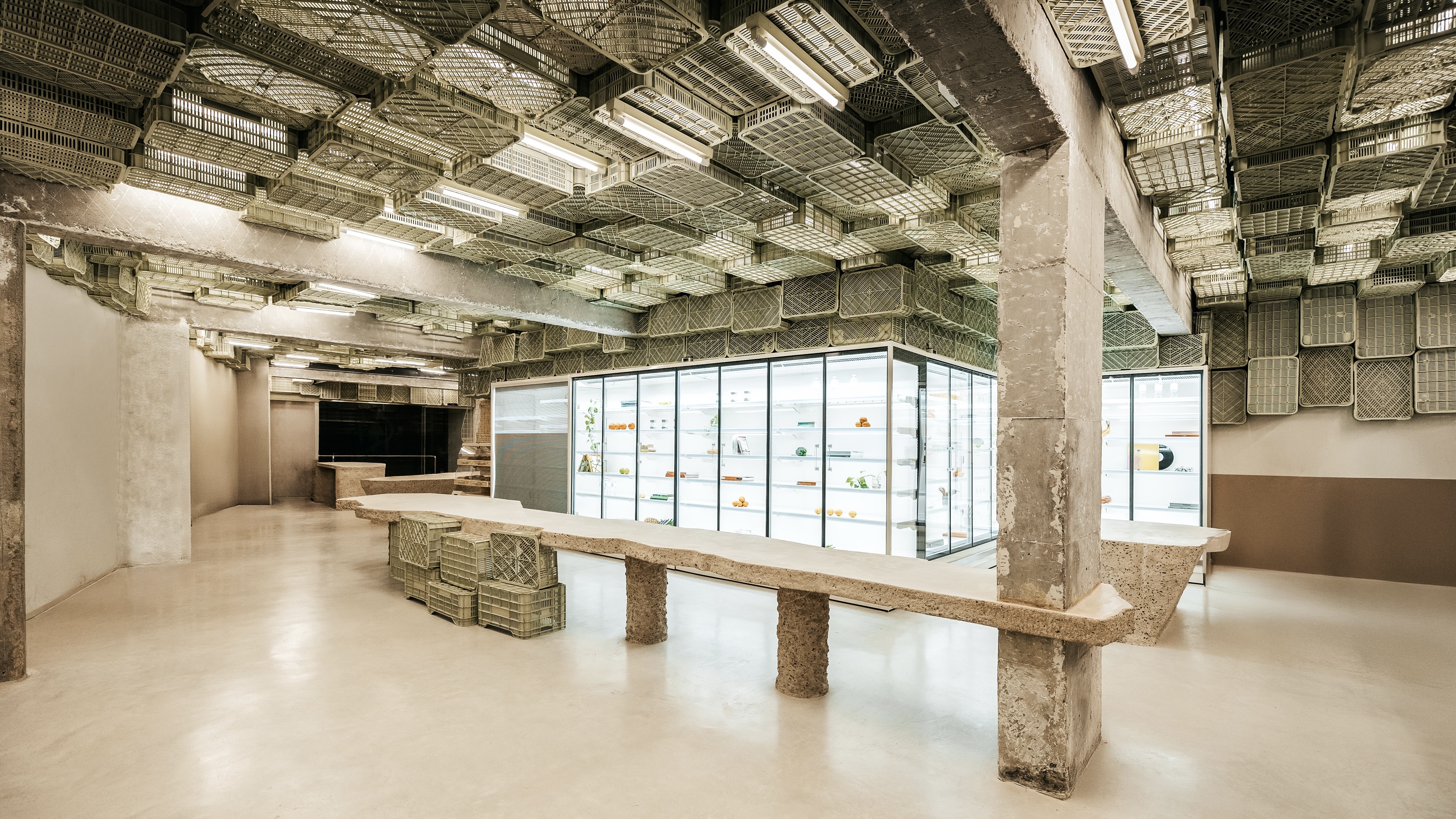 Spice up the weekly shop at Mallorca’s brutalist supermarket
Spice up the weekly shop at Mallorca’s brutalist supermarketIn this brutalist supermarket, through the use of raw concrete, monolithic forms and modular elements, designer Minimal Studio hints at a critique of consumer culture
-
 In South Korea, a new Bangjja Yugi museum honours a centuries-old Korean tradition
In South Korea, a new Bangjja Yugi museum honours a centuries-old Korean traditionStudio Heech transforms a coal-mining warehouse into a glowing cultural hub celebrating Korea’s master bronzesmith Lee Bong-ju – and the ancient craft of bangjja yugi
-
 Thomas Heatherwick's 2025 Seoul architecture biennale calls for ‘radically more human’ buildings
Thomas Heatherwick's 2025 Seoul architecture biennale calls for ‘radically more human’ buildingsThe 2025 Seoul architecture biennale launches in the South Korean capital, curated by Thomas Heatherwick, who argues for creating buildings in tune with emotion, 'the thing that drives us'
-
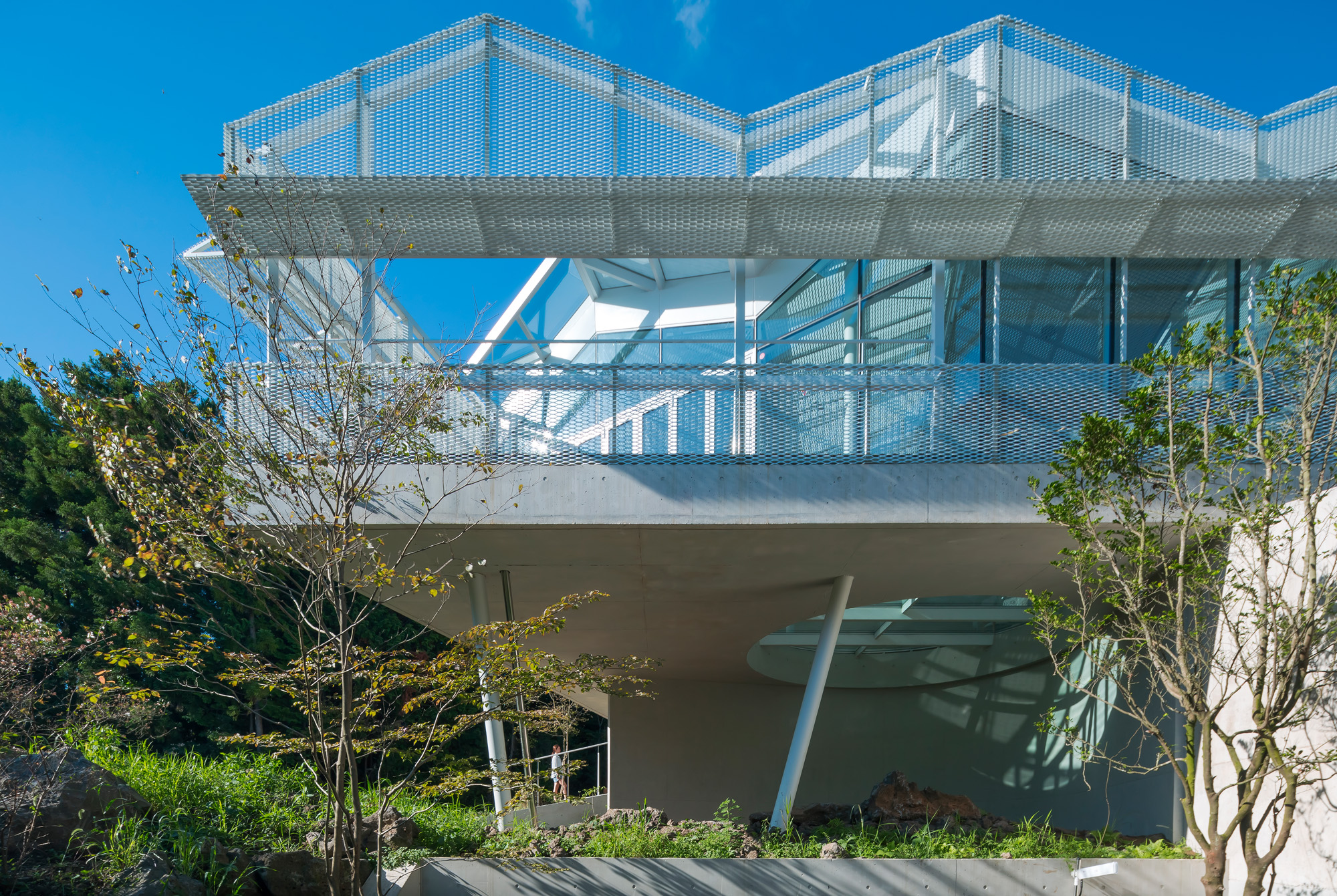 On Jeju Island, South Korea, a cabin stay with unobstructed views of forest and sky
On Jeju Island, South Korea, a cabin stay with unobstructed views of forest and skyEgattoc is a new hospitality complex by architect Byoung Cho, who wanted to create an experience where guests ‘can see the forest while they take a shower’
-
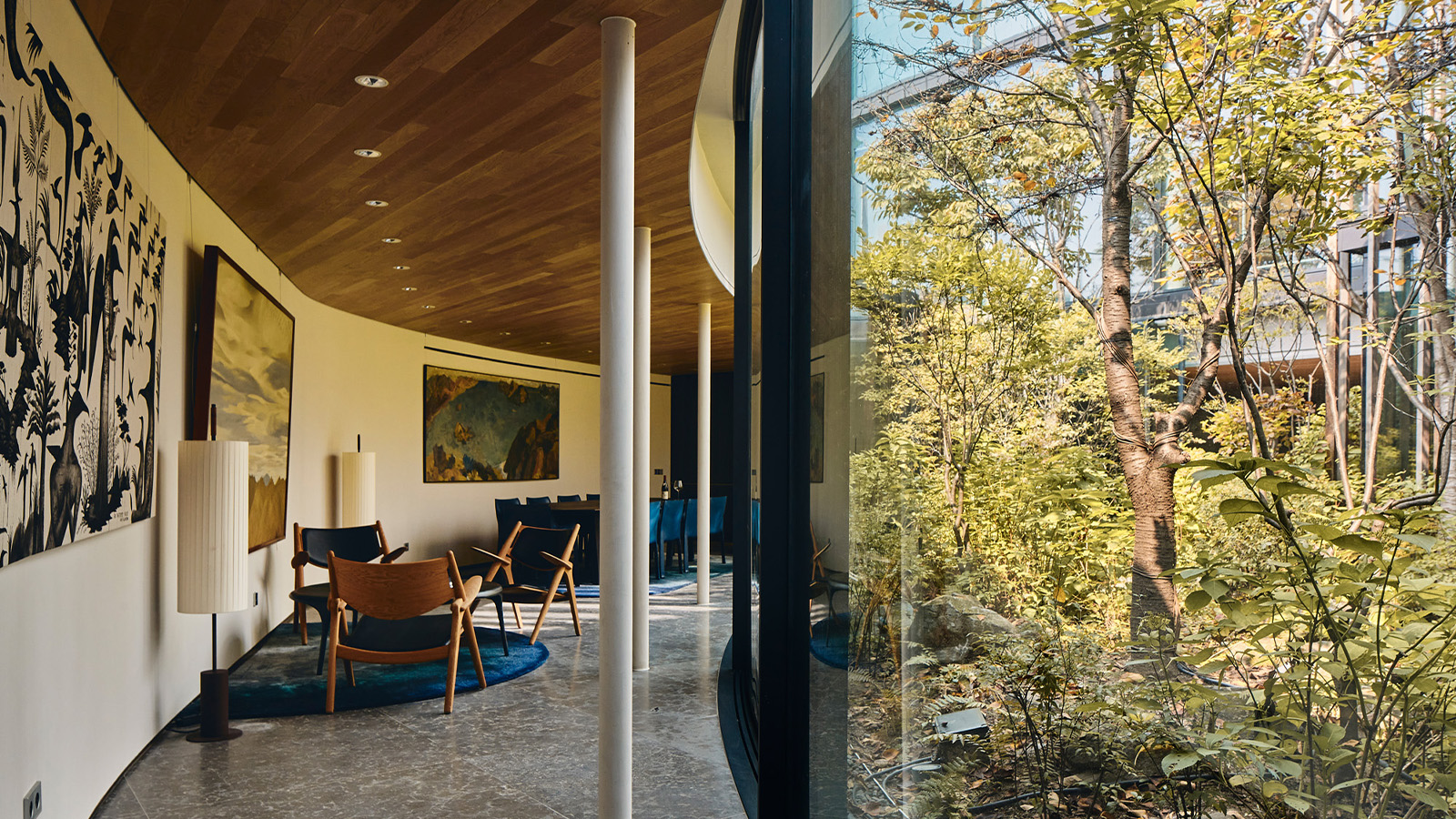 Join our tour of Taikaka House, a slice of New Zealand in Seoul
Join our tour of Taikaka House, a slice of New Zealand in SeoulTaikaka House, meaning ‘heart-wood’ in Māori, is a fin-clad, art-filled sanctuary, designed by Nicholas Burns
-
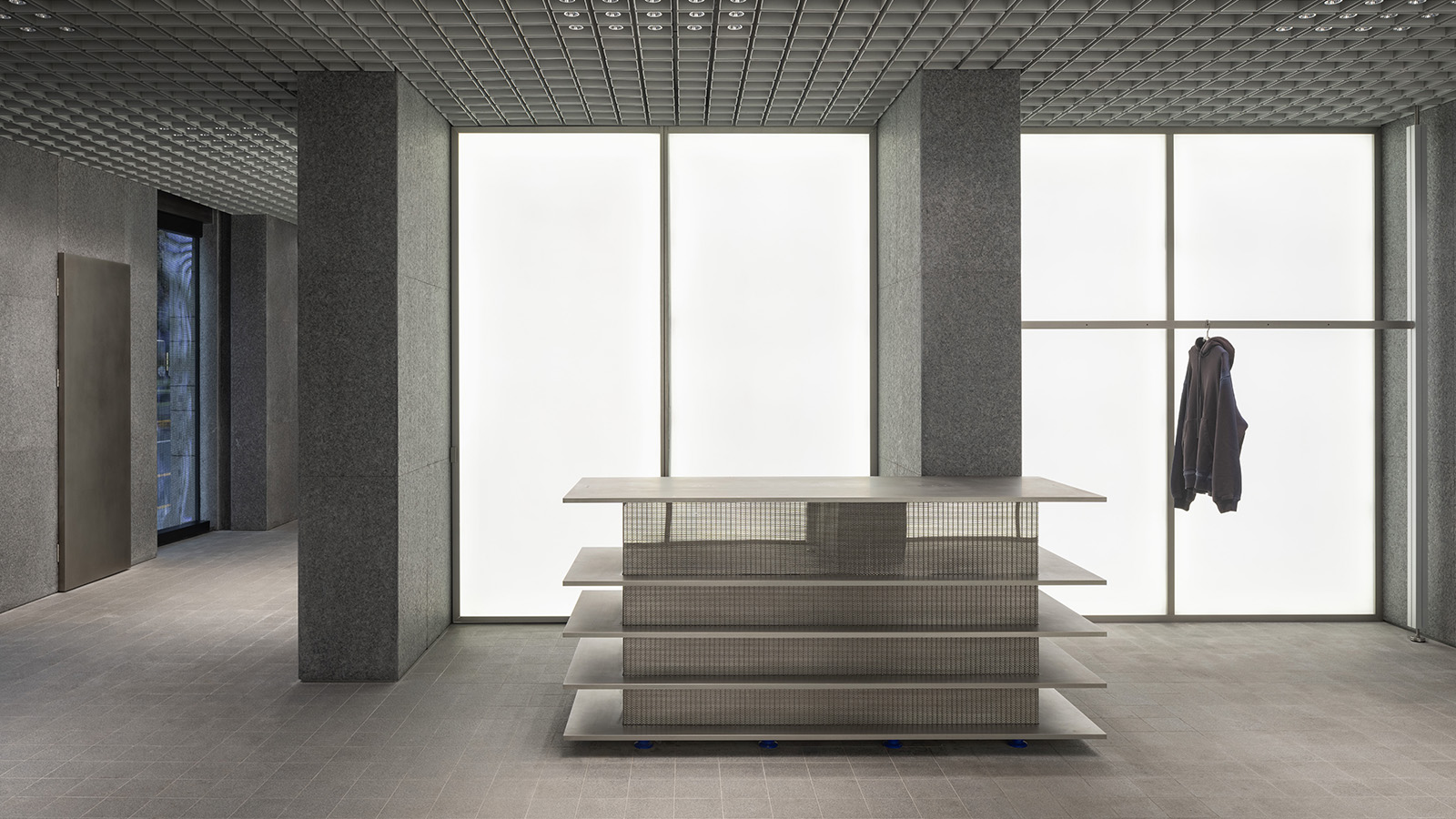 Raw, refined and dynamic: A-Cold-Wall*’s new Shanghai store is a fresh take on the industrial look
Raw, refined and dynamic: A-Cold-Wall*’s new Shanghai store is a fresh take on the industrial lookA-Cold-Wall* has a new flagship store in Shanghai, designed by architecture practice Hesselbrand to highlight positive spatial and material tensions
-
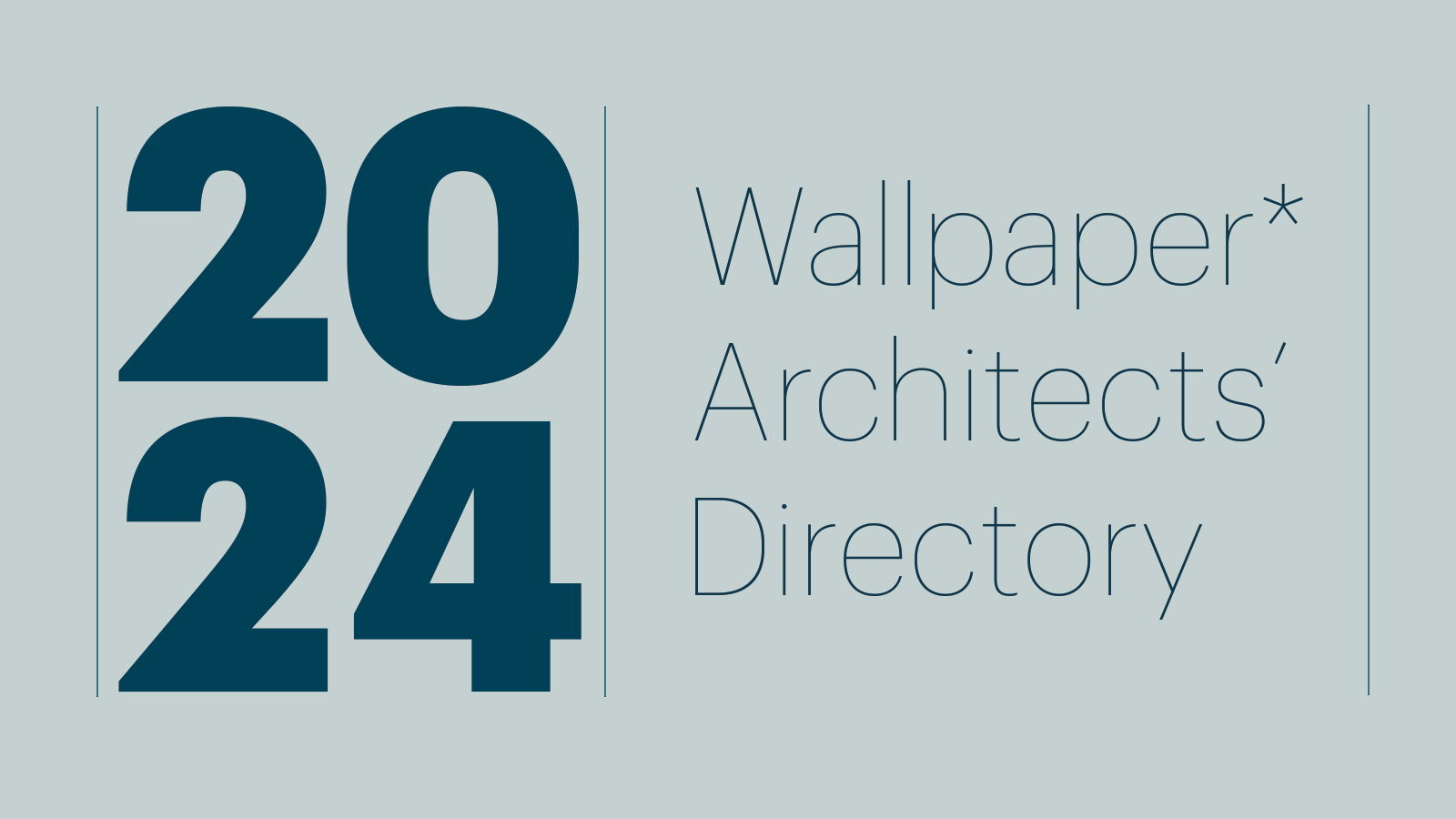 Wallpaper* Architects’ Directory 2024: meet the practices
Wallpaper* Architects’ Directory 2024: meet the practicesIn the Wallpaper* Architects Directory 2024, our latest guide to exciting, emerging practices from around the world, 20 young studios show off their projects and passion
-
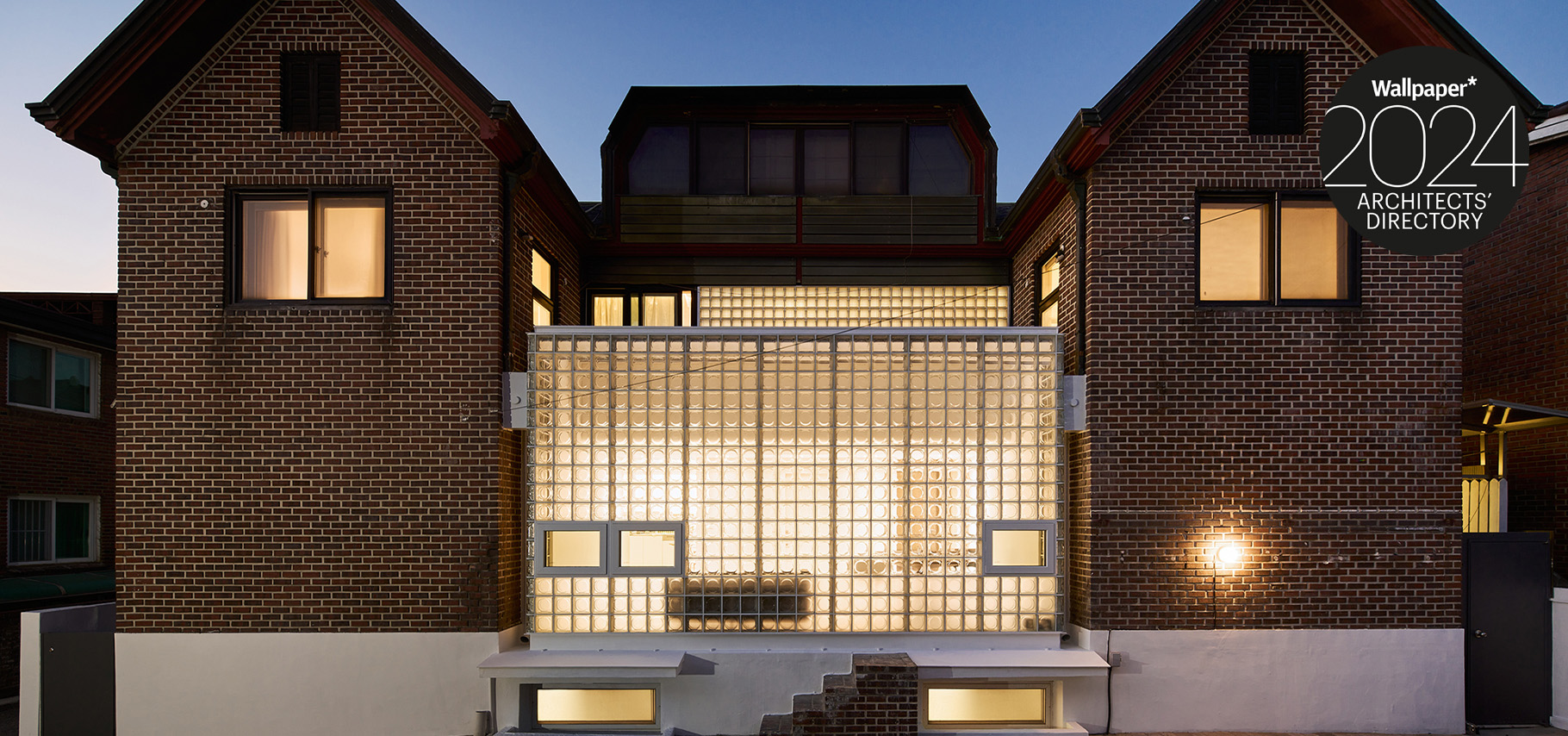 Studio Heech transforms a Seoul home, nodding to Pierre Chareau’s Maison De Verre
Studio Heech transforms a Seoul home, nodding to Pierre Chareau’s Maison De VerreYoung South Korean practice Studio Heech joins the Wallpaper* Architects’ Directory 2024, our annual round-up of exciting emerging architecture studios